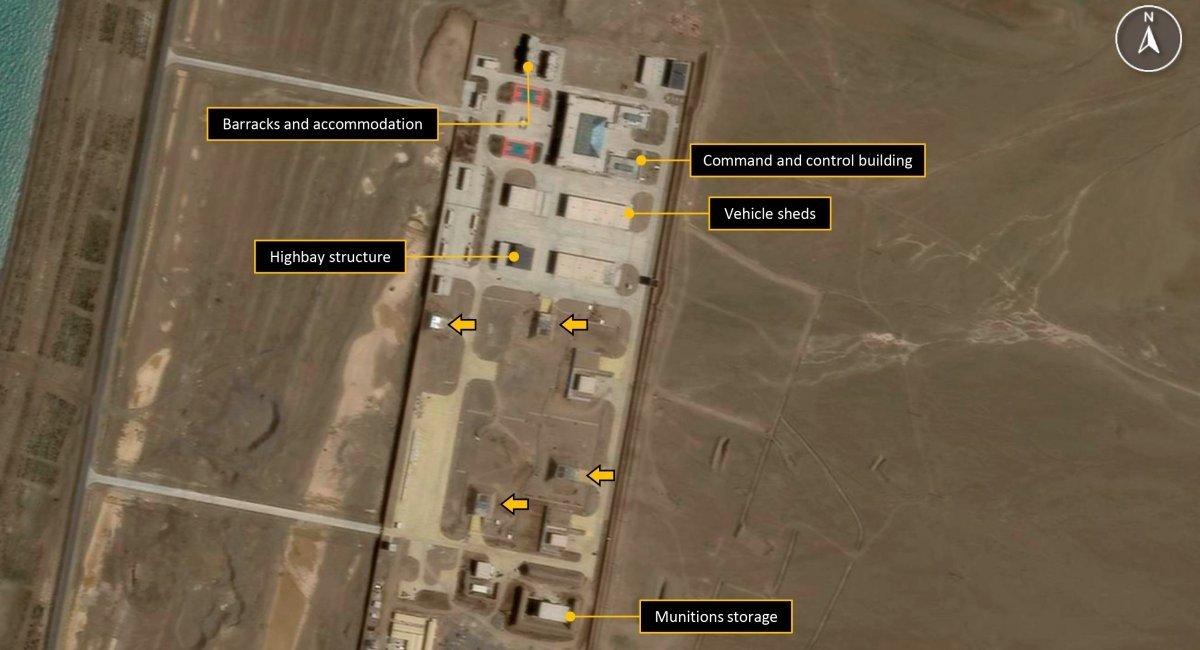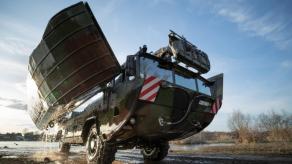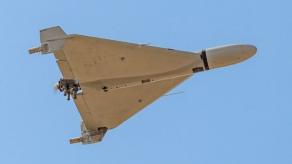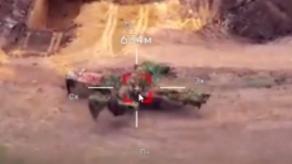Satellite images show China adopting a new approach to air defense, focusing on full protection rather than mobility. The Chinese military is now setting up its anti-aircraft missile systems in concrete bunkers with sliding roofs.
This is evident from satellite images, particularly from new positions near the disputed region of Ladakh at two air defense bases. A fairly detailed analysis of these satellite images was carried out by TWZ.
Read more: Missile Stuck in Time: "Sarmat Will Soon Enter Combat Duty" - The Kremlin's Favorite Phrase Since 2021
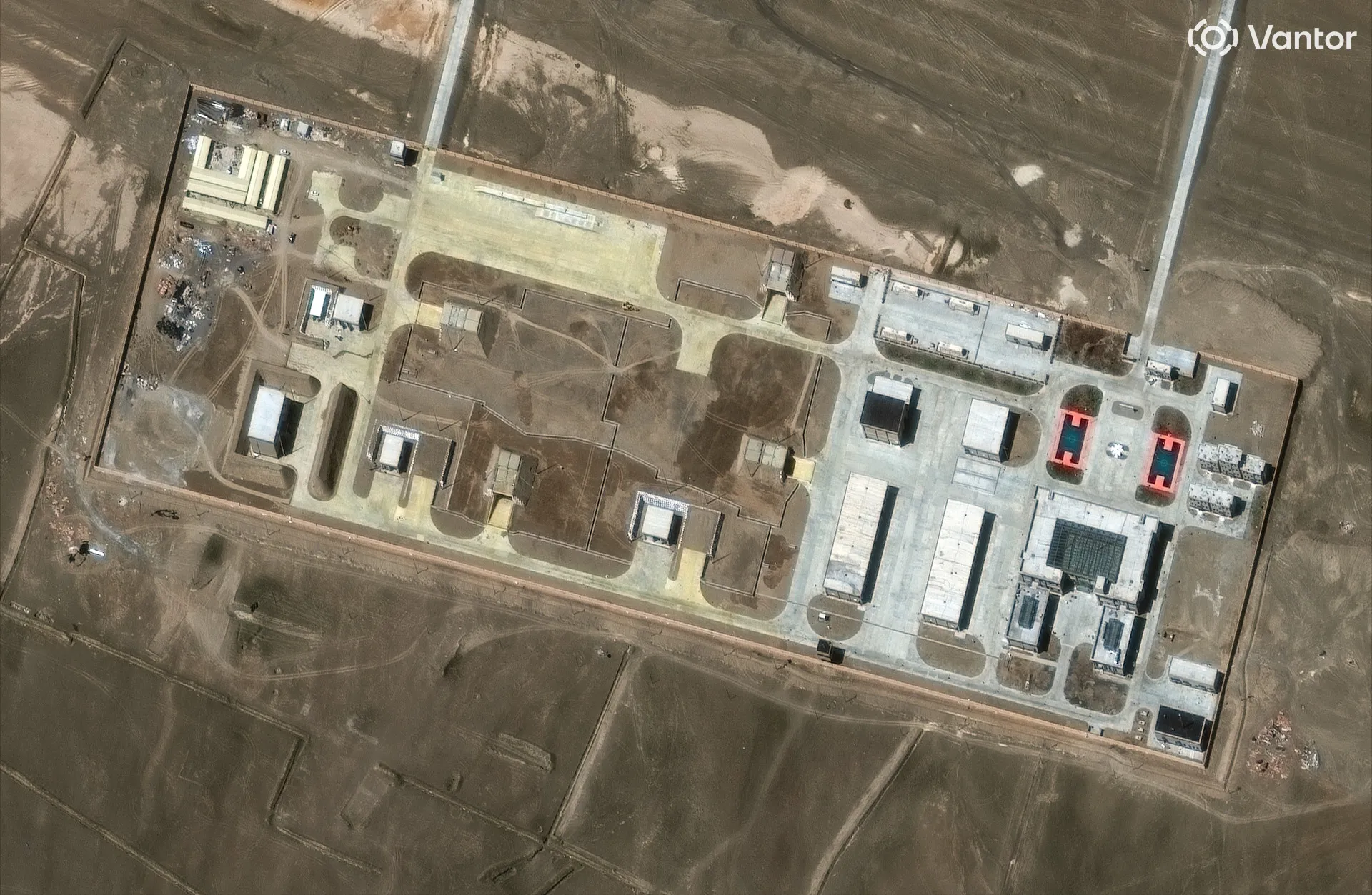
The new air defense positions form a network of concrete structures, some of them buried underground and linked by a system of trenches. The site is enclosed by a protected perimeter, which also contains barracks and support facilities for personnel.
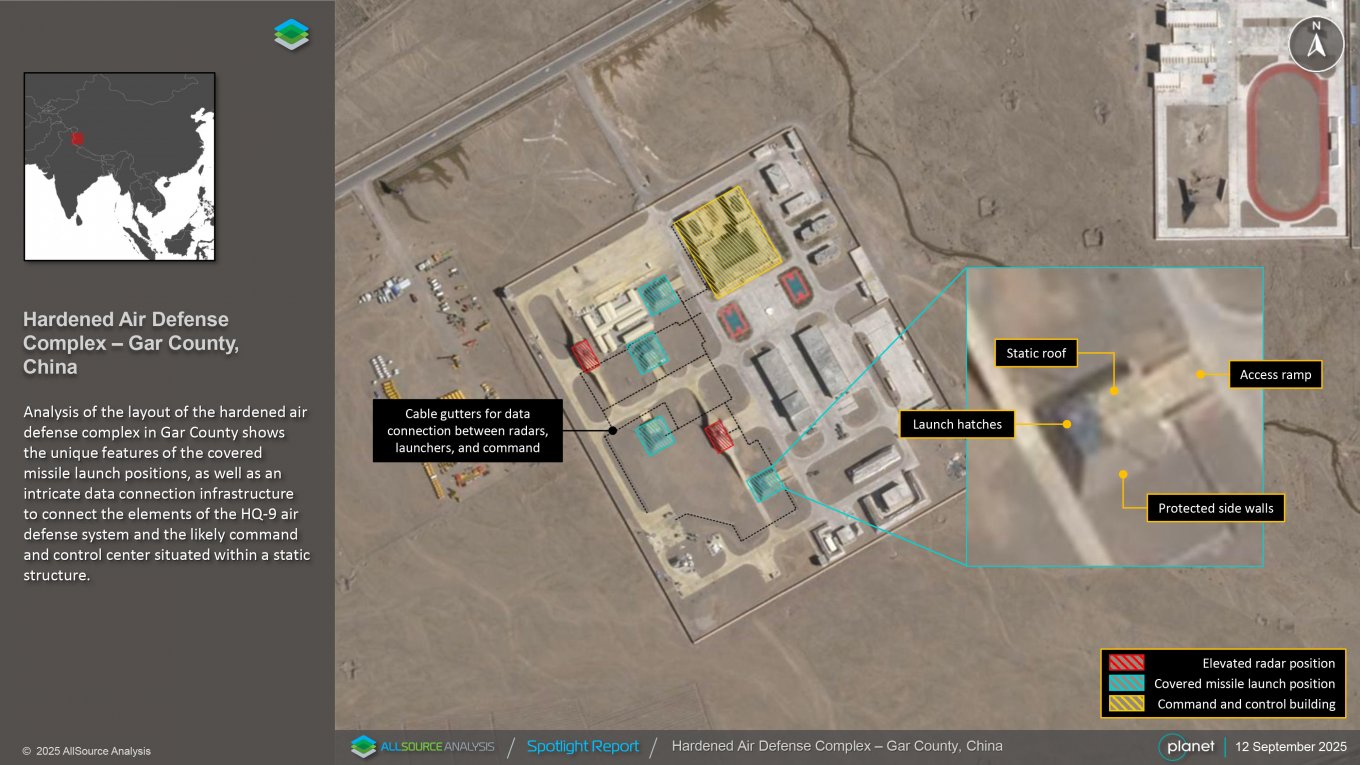
The facility functions as a military unit, distinguished by the fact that its air defense systems can operate directly from shelters rather than being deployed to dispersal areas. These shelters are partially underground and feature sliding roofs.
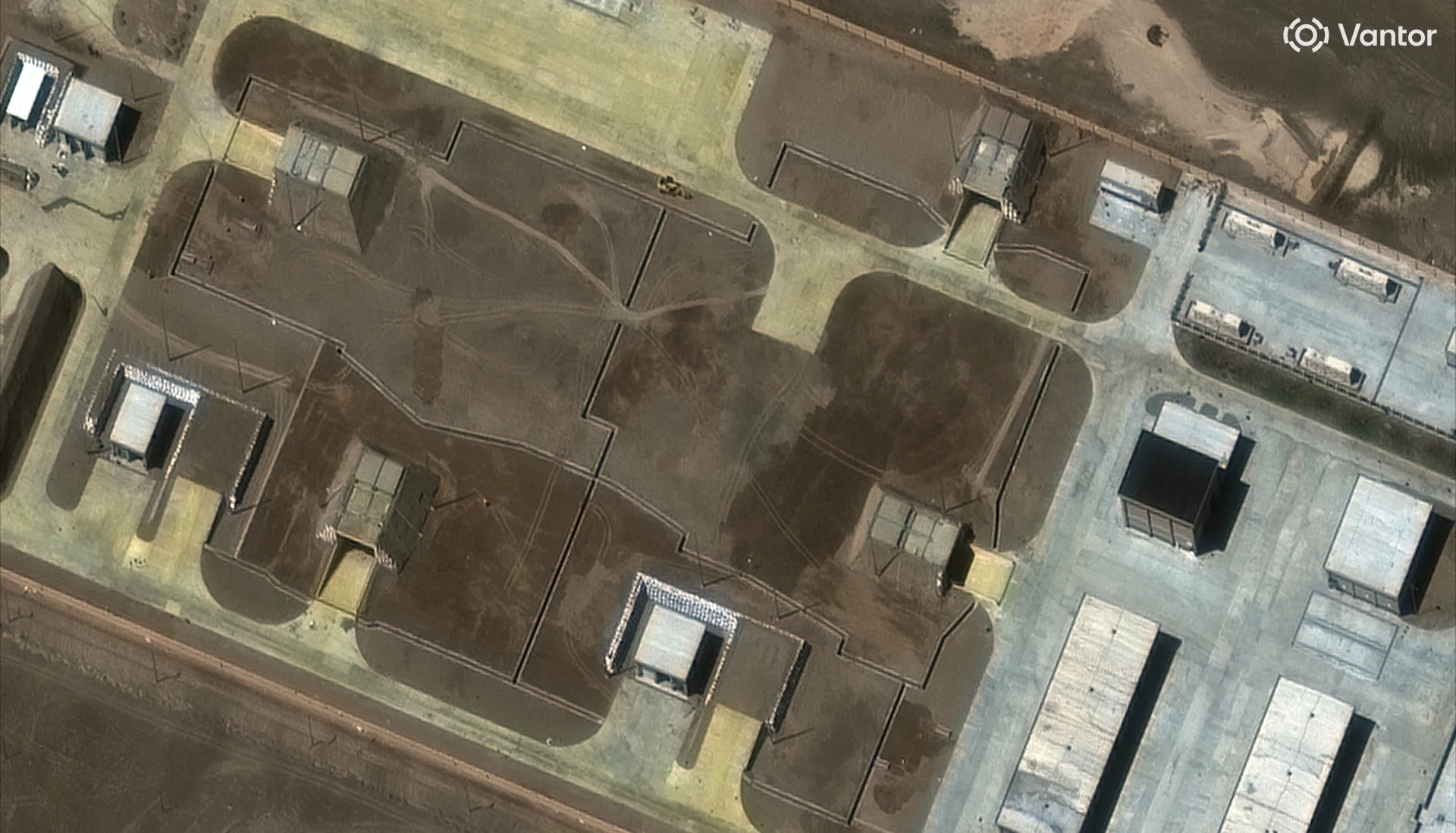
These locations are reportedly the direct-fire positions of anti-aircraft missile systems. This design appears to be typical, as it has been seen at two separate bases. The image below shows a radar position on an artificial hill.

These positions are believed to be intended for the HQ-9 air defense systems, a Chinese modification of the Soviet S-300. Moreover, one photo reveals the system positioned in a shelter with an open roof. In particular, any air defense system with vertical launch can be used from a similar highly protected position.
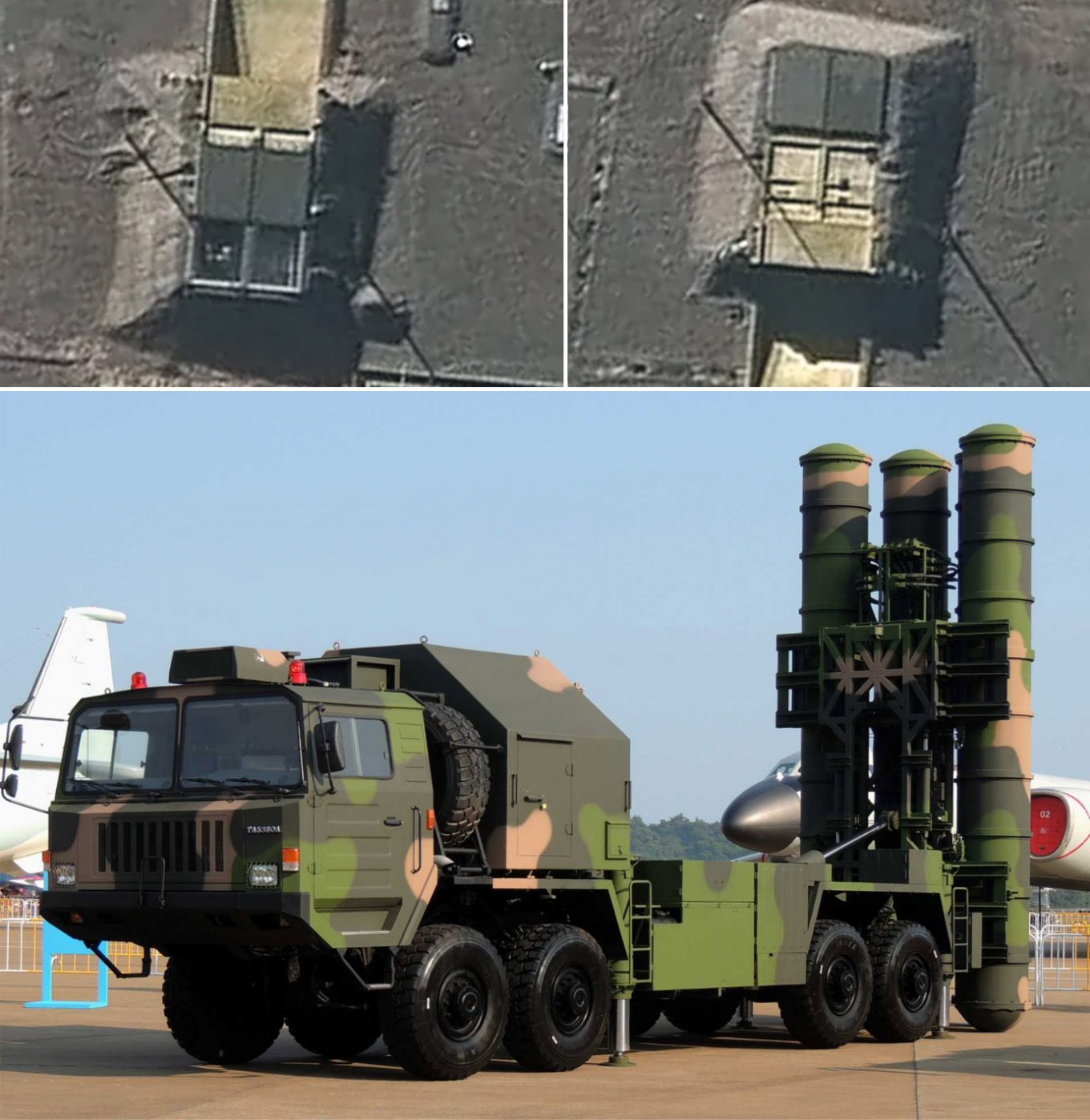
It is also noted that China's first attempts to create similar protected shelters with launch capabilities were noticed as early as 2017 on artificial islands in the South China Sea, but given the impossibility of dispersal in such a limited space, it was considered a "niche" solution at the time.
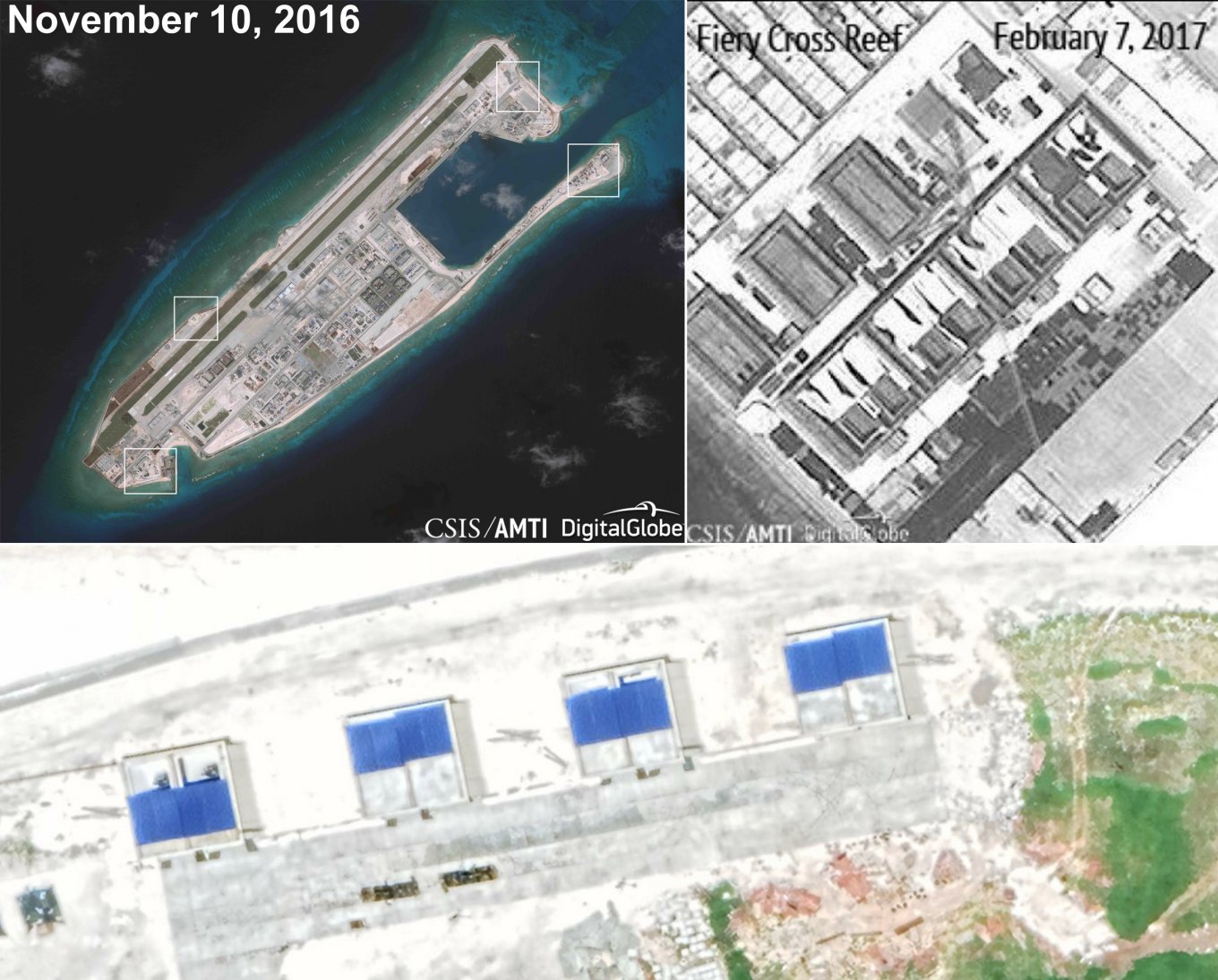
At the same time, the establishment of similar, more secure facilities in mainland China indicates a significant shift in air defense strategy.
From Defense Express we would like to note that With technological advances, anti-aircraft missile systems quickly became mobile. Their survivability was linked to regular changes in position. However, China appears to have concluded that modern reconnaissance makes this concept ineffective.
Ultimately, drones, satellites, and signals intelligence, along with real-time links to weapons, force a reevaluation of priorities.
The concept of fortifying is sensible, especially when counting on numerical superiority. This decision by Beijing is also a response to another strategy pursued by the U.S., specifically relying on low-cost, mass-produced cruise missiles. The U.S. approach is simple: many targets call for many inexpensive missiles.
Among low‑cost, mass‑produced cruise missiles, the only near‑term example is Anduril's Barracuda‑500, offering about 900 km of range but only a 45‑kg warhead. However, smaller warhead options also exist: L3Harris's Red Wolf carries roughly a 10‑kg warhead, and Northrop Grumman's Jackal about 4.5 kg. While the promotional video depicts the destruction of air defenses in exposed positions, these missiles would be ineffective against those protected in concrete shelters.
Read more: What russians Deliver to Venezuela by Il-76TD While U.S. Is Preparing For Possible Invasion




